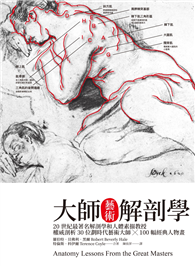Based on the international comparison of vocational education in major countries and regions, this book revisits and reappraises China’s vocational education in terms of its institutional advantages and recent outstanding performance.
For a long time, vocational education in China has been undervalued among the public, and students in vocational schools are also underrated as academic failures. Drawing on the empirical methods and data of the Programme for International Student Assessment (PISA), the author compares vocational education across theglobe, including Germany, Austria and those with traditional high-performing vocational education systems, as well as China, Japan, South Korea and other Southeast Asian countries. The results show that Chinese vocational school students performed well, especially exhibiting competency in adapting to transforming requirements for labor force in an intelligent era. The book also presents the policy achievements of vocational education in promoting equity in China. It aims to reshape the public’s understanding of the competency development of students in vocational schools and give insights into promoting curriculum reform.
The book will appeal to scholars and students of vocational education, education policy, Chinese education and PISA and also policymakers and practitioners of vocational education.

 共
共 









